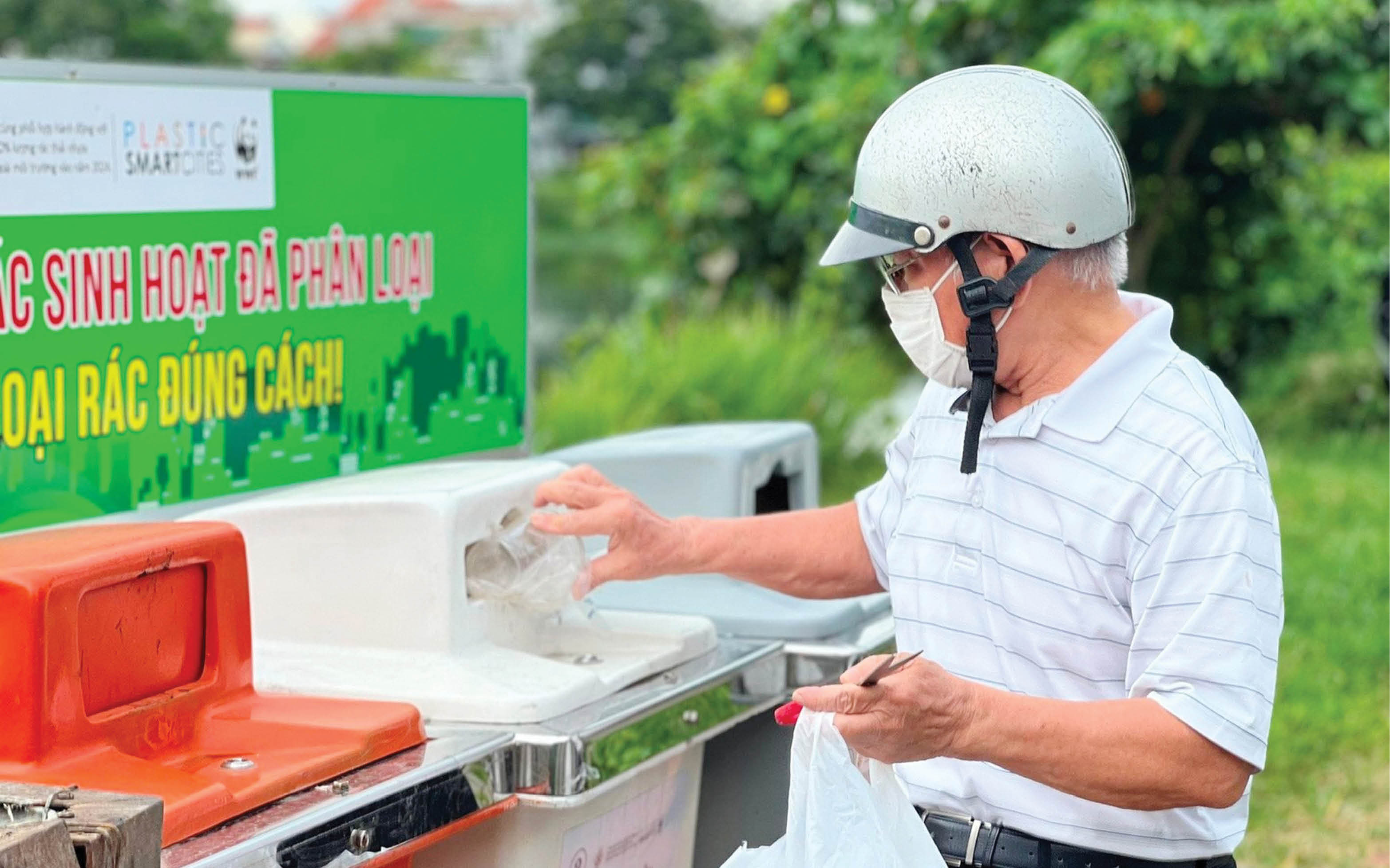 |
| Waste sorting at source brings many positive signals. Photo: WWF - Vietnam |
Solid foundation
The OPCC is considered one of the most rigorous global measures for cities in their efforts to reduce greenhouse gas emissions, adapt to climate change, and mobilize community participation in environmental protection. Hue was the first city in Vietnam to receive the title of “National Green City” in 2016 and was listed among 18 global outstanding cities. In the 2025 OPCC, Hue continued to be a finalist and participated in the international communication campaign “We Love Cities” organized by WWF.
According to Associate Professor Dr. Tran Anh Tuan, technical advisor of OPCC, this program emphasizes the message: Humans only have one planet and we need to join hands to protect it. “OPC focuses on climate change mitigation actions related to construction, transportation, energy, etc. Some important criteria that OPCC considers are: Climate action strategy or plan, emission reduction efficiency, comprehensive sustainability, innovation and replicability, community participation, and climate change adaptation,” said Associate Professor Dr. Tran Anh Tuan.
In fact, Hue has a solid foundation from natural and cultural conditions to once again achieve the title of National Green City in 2025. According to Associate Professor, Dr. Le Van Thang, Vice President of the Vietnam Association for Conservation of Nature and Environment, Hue has a very special location with a very diverse ecosystem, including: rivers - mountains - seas and Tam Giang - Cau Hai lagoon. This is a favorable condition for Hue to develop solutions to reduce the impact of climate change based on nature, an important criterion of the OPCC. In addition, with its location close to the sea and often affected by saltwater intrusion, storms and floods, Hue must always have proactive plans to minimize risks caused by natural disasters.
Hue is developing in the direction of a "Heritage, culture, ecology, landscape and environmentally friendly" city, while also devoting many resources to green development and combating climate change. Accordingly, many projects, movements and activities on environmental protection and climate change response have been implemented and brought positive results such as the "Green Sunday" movement, the "Hue - Plastic-reducing urban area in Central Vietnam" project, waste sorting activities at source... Hue is also the first city in Vietnam to be present in the WWF Plastic-reducing Cities Network. The city is interested in developing electric buses, public bicycle rental services, encouraging the use of renewable energy from rooftop solar power, smart lighting systems, waste-to-energy...
“With the frequent impact of storms and floods, the government and people are always proactive and have effective response solutions. Thereby, environmental protection awareness is also raised, contributing to reducing climate change. These facilities give Hue many advantages for OPCC to prioritize,” Associate Professor, Dr. Hoang Cong Tin, Head of the Faculty of Environment, University of Sciences , Hue University, said.
Promoting “green identity” from culture and community
However, to achieve the title of “National Green City” once again and reach further on the global sustainable development map, Hue cannot help but face internal challenges. According to information from the Department of Environmental Protection of Hue City, currently, the urban wastewater treatment system is still not complete, the treatment rate meeting the standards is only about 25%. In industrial parks and industrial clusters, these figures are 33.3% and 0% respectively. This has greatly affected the urban environmental index and is a minus point in the criteria set by OPCC.
At the same time, the progress of waste classification at source is still slow. Although there has been a policy of implementation for the past few years, the implementation is still formal, lacking uniformity and there is no effective inspection and monitoring mechanism.
Mr. Tran Huu An, Deputy General Director of Hue Urban Environment and Construction Joint Stock Company (HEPCO) said that Phu Son Waste-to-Energy Plant currently only treats waste for 6/9 districts, towns and cities in the city, the rest has not been treated to ensure standards.
Another problem is that Hue still depends heavily on traditional energy sources. Like many cities in Vietnam, production and consumption in Hue still depend heavily on fossil energy sources. The transition to renewable energy is only at a pilot scale. Meanwhile, although the public bicycle development program in Hue was implemented by the (old) City People's Committee in coordination with the German Development Cooperation Agency (GIZ) and Vietsoftpro Joint Stock Company on a pilot basis and there are currently nearly 20 public bicycle stations in the city, the habit of using personal vehicles of the people is still common and this service is still chosen by few tourists and residents.
According to a representative of the Hue City Department of Environmental Protection, the action plan to respond to climate change for the period 2021–2030, with a vision to 2050, of Hue has not yet been updated with clear and scientifically-based emission reduction targets. Currently, Hue has only reduced its total greenhouse gas emissions by 8% compared to the business-as-usual scenario. This will be disadvantageous when compared to other cities that have announced specific action plans according to international standards such as GcoM (Global Covenant of Mayors for Climate & Energy) or Cities Race to Zero (a global campaign of the United Nations to mobilize cities and urban authorities to commit to achieving net zero emissions before 2050).
According to Associate Professor Dr. Hoang Cong Tin, Hue is meeting all the conditions to go further in the “International Green City” program. However, to reach the finish line, it is important that the city accelerates the “blocking points” in terms of institutions, technical infrastructure and changes in people’s consumption habits. If it knows how to promote the “green identity” from culture and community, while removing the “bottlenecks” in infrastructure and planning, Hue can completely become a typical green development model not only in Vietnam, but also in the global OPCC network.
Source: https://huengaynay.vn/kinh-te/giu-vung-danh-hieu-thanh-pho-xanh-quoc-gia-153122.html


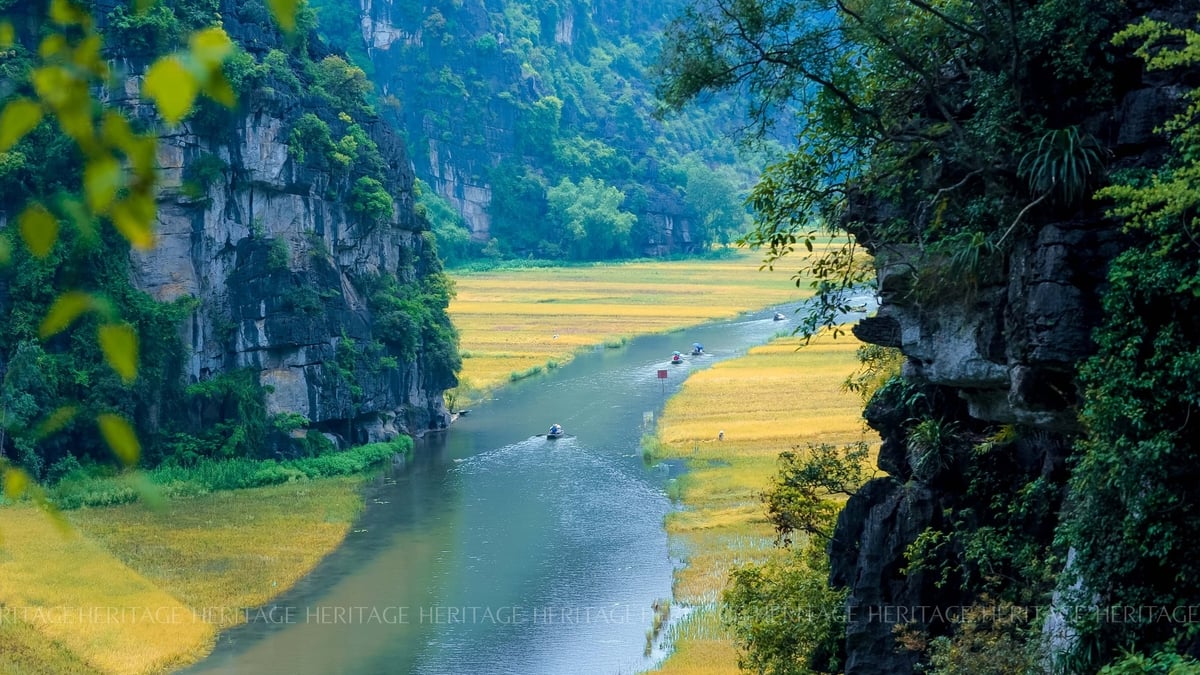
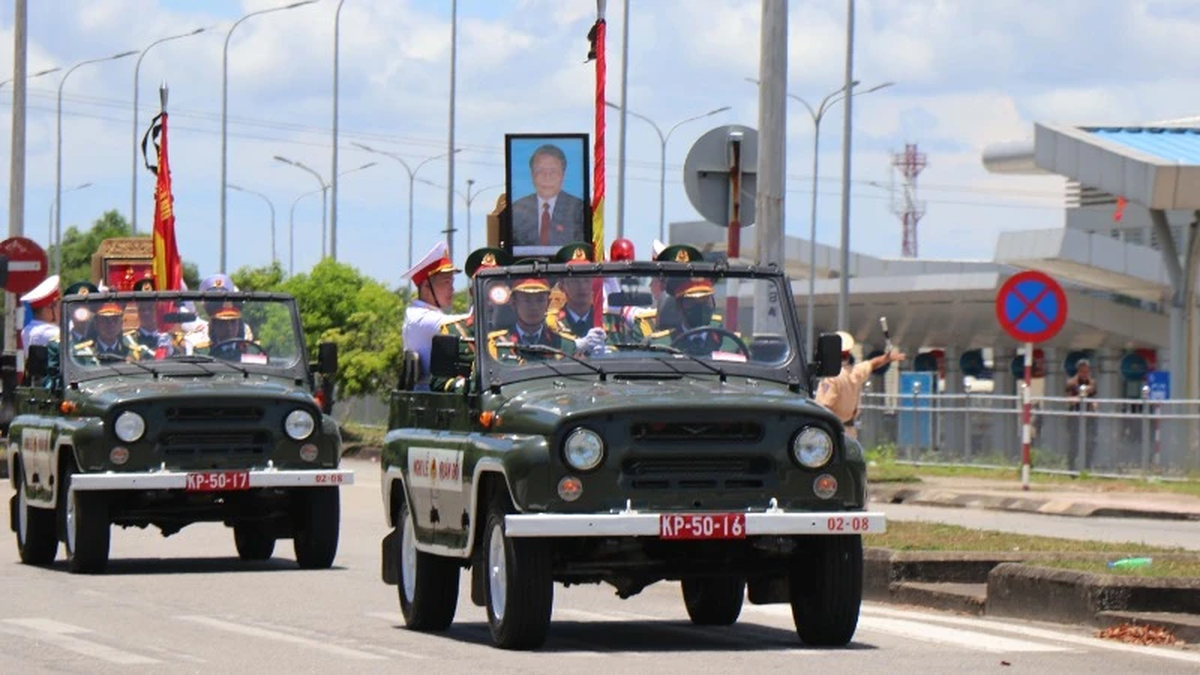
![[Photo] Welcoming ceremony for Prime Minister Pham Minh Chinh and his wife on an official visit to Malaysia](https://vphoto.vietnam.vn/thumb/1200x675/vietnam/resource/IMAGE/2025/5/25/dc30203c3ae24da3990266ec3b29bb2d)
![[Photo] Funeral of former President Tran Duc Luong in Quang Ngai](https://vphoto.vietnam.vn/thumb/1200x675/vietnam/resource/IMAGE/2025/5/25/ccf19a3d8ea7450bb9afe81731b80995)
![[Photo] The coffin of former President Tran Duc Luong arrives in Quang Ngai](https://vphoto.vietnam.vn/thumb/1200x675/vietnam/resource/IMAGE/2025/5/25/1f1aca0d92ab47deae07934e749b35e6)
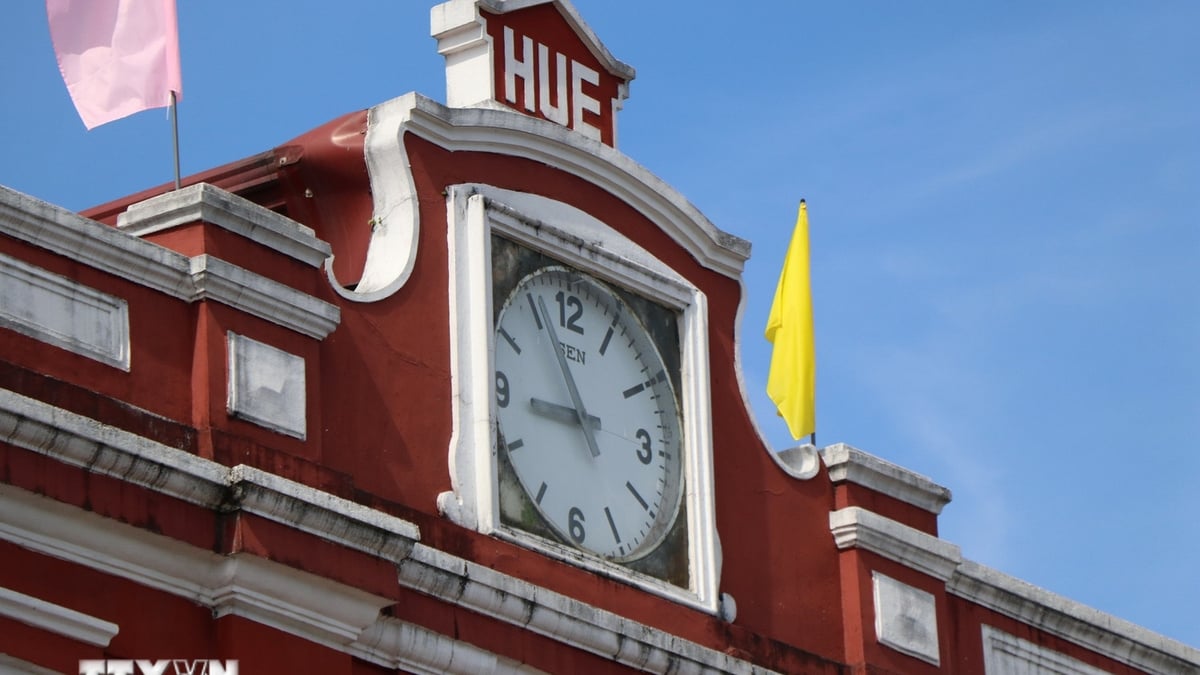


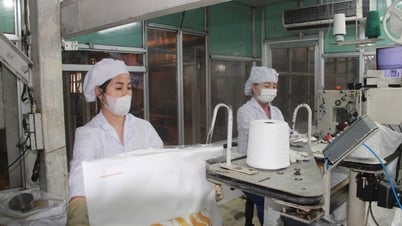



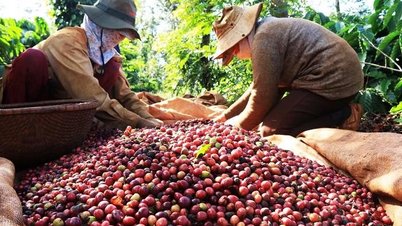

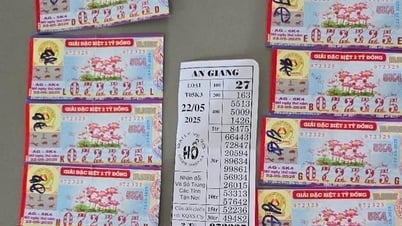







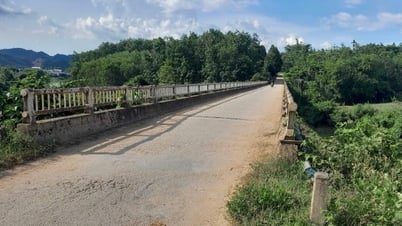

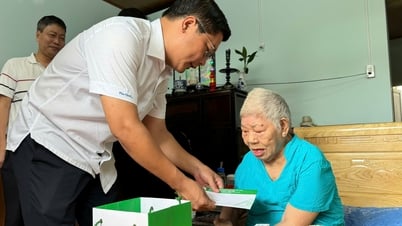
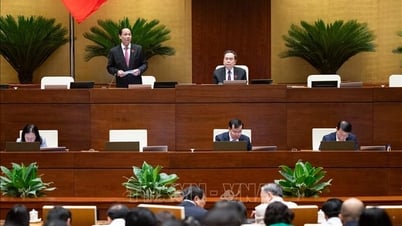
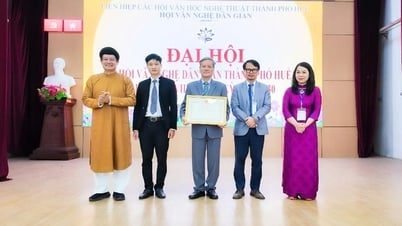
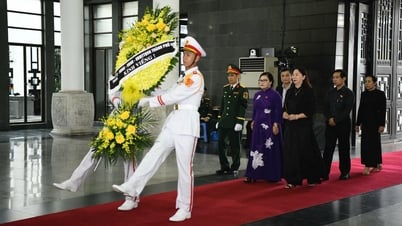































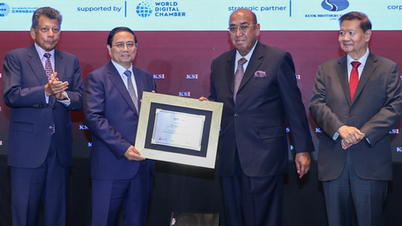
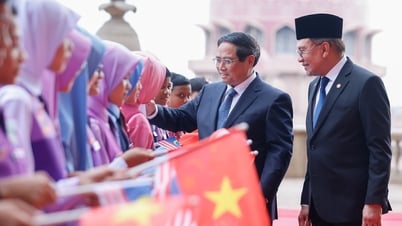
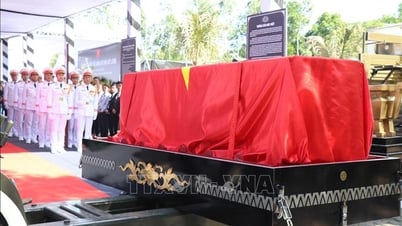














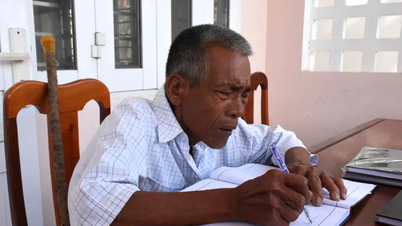

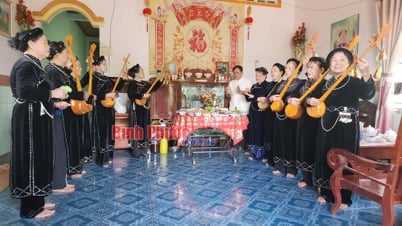

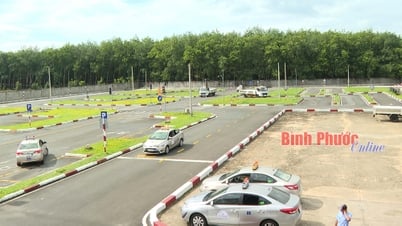
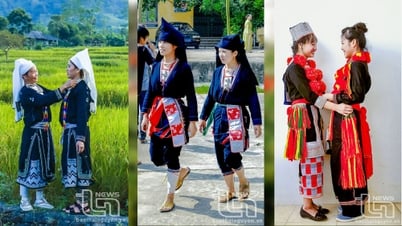










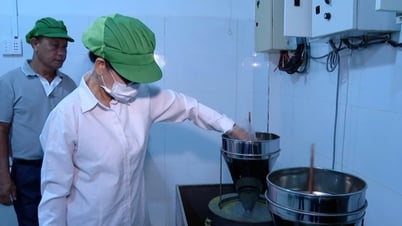

Comment (0)